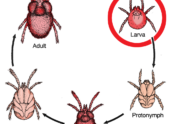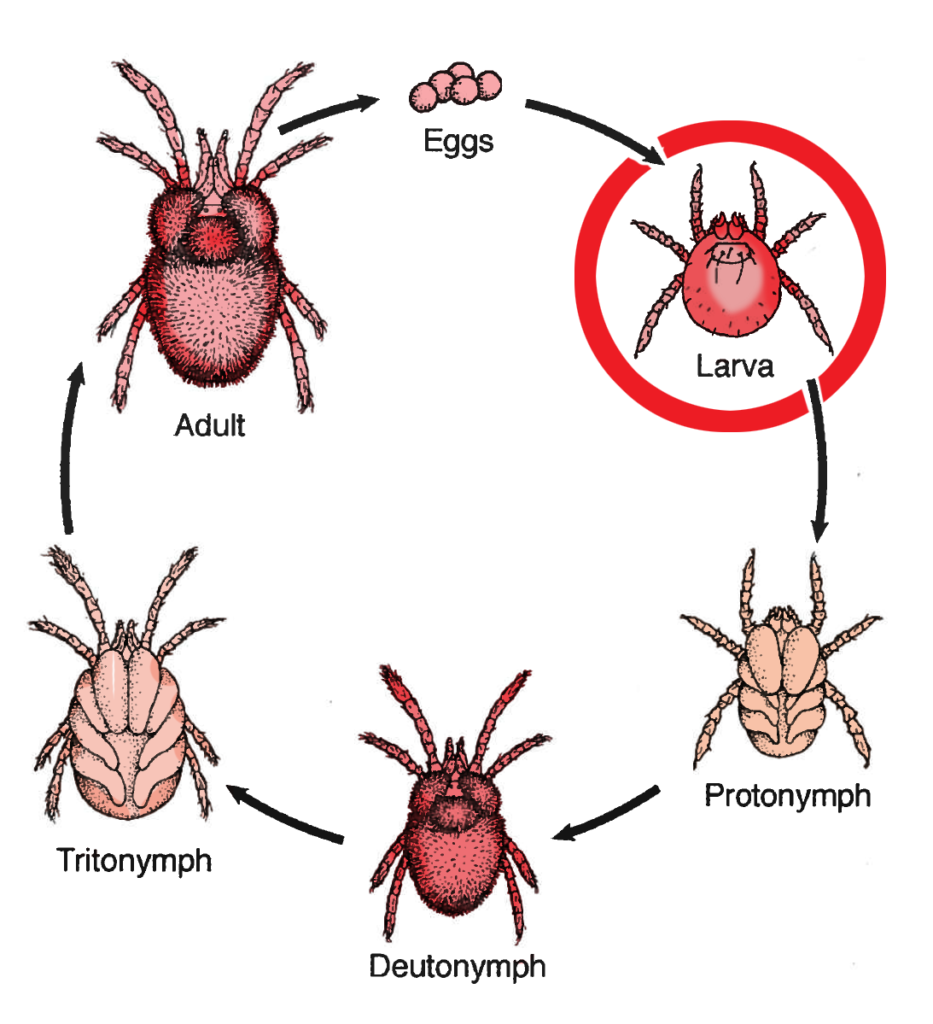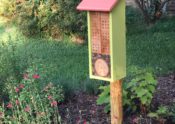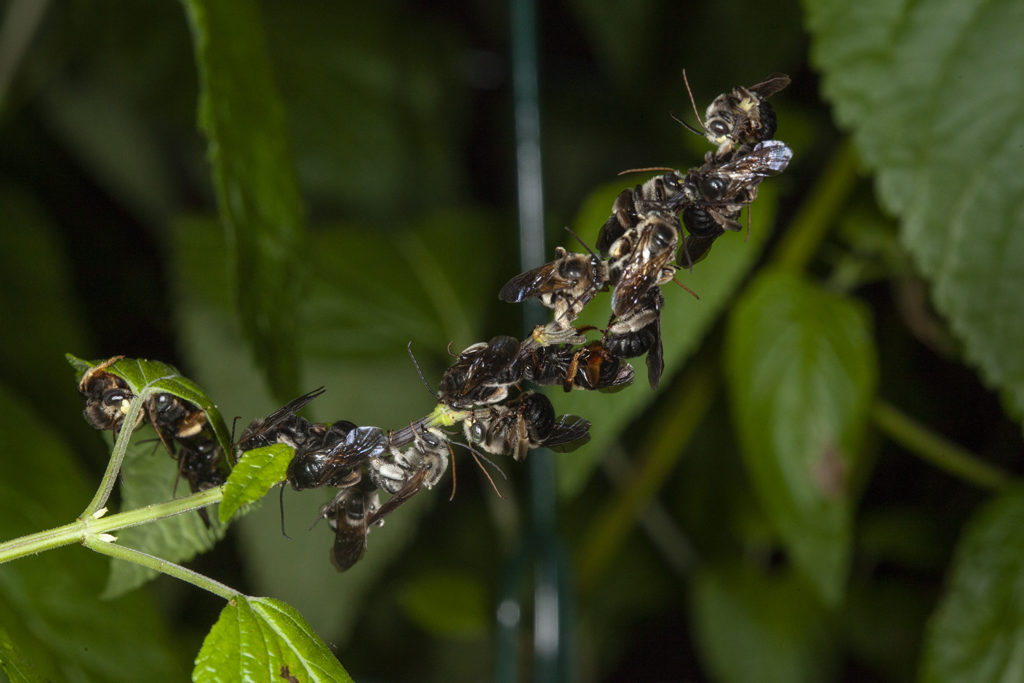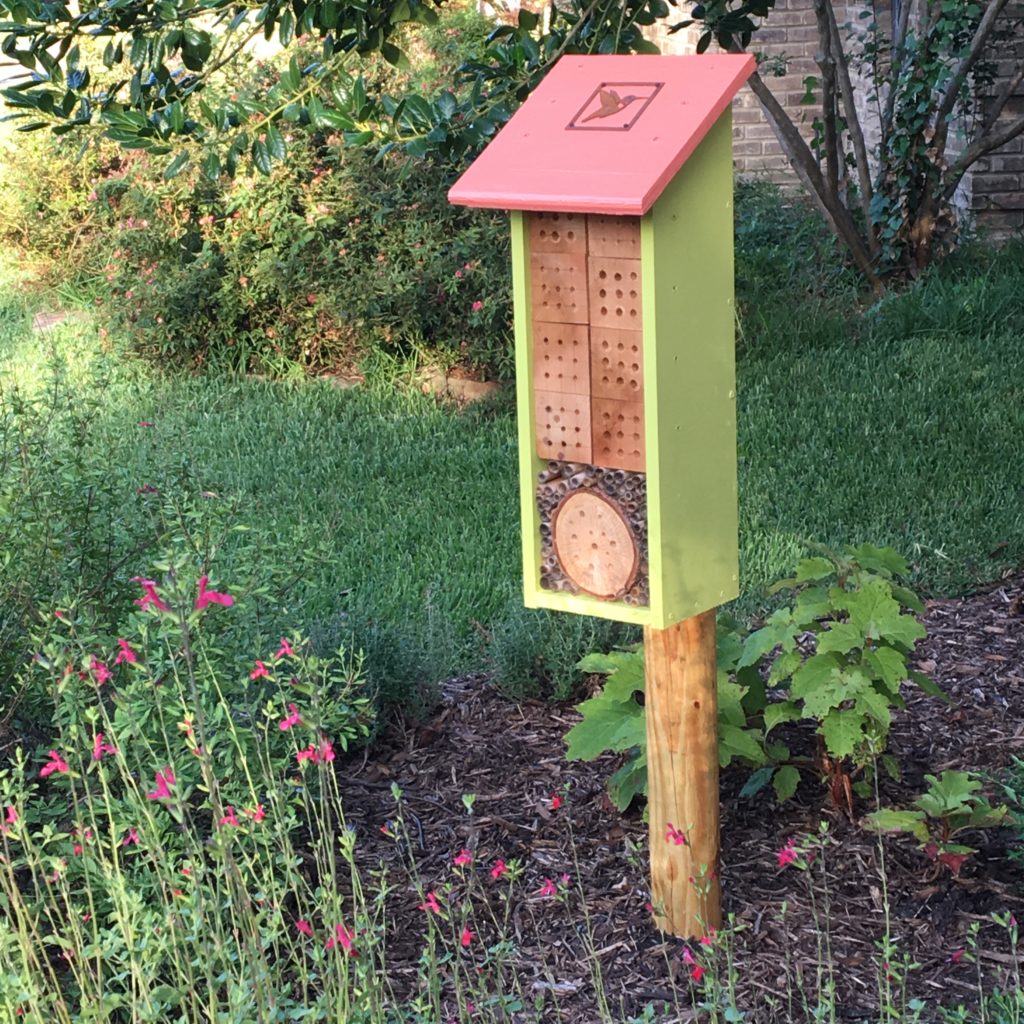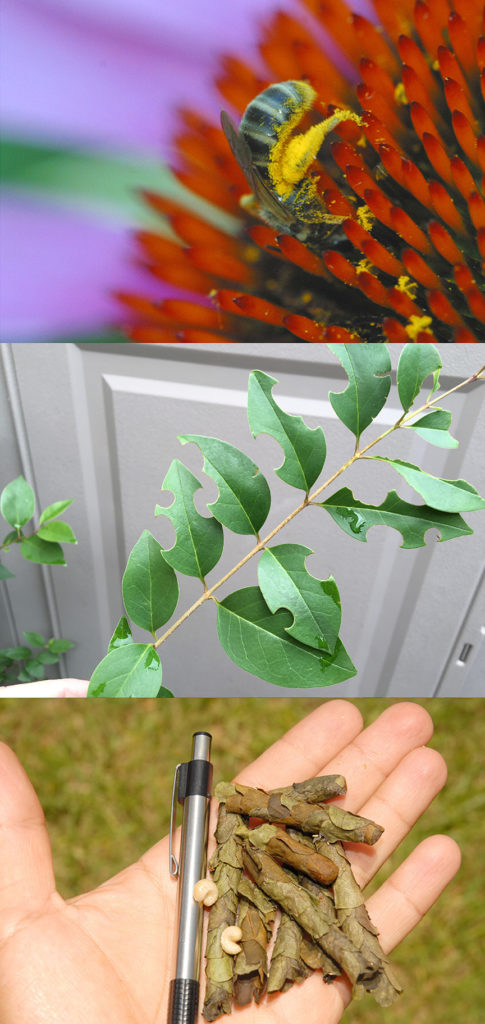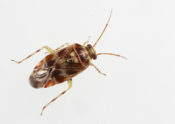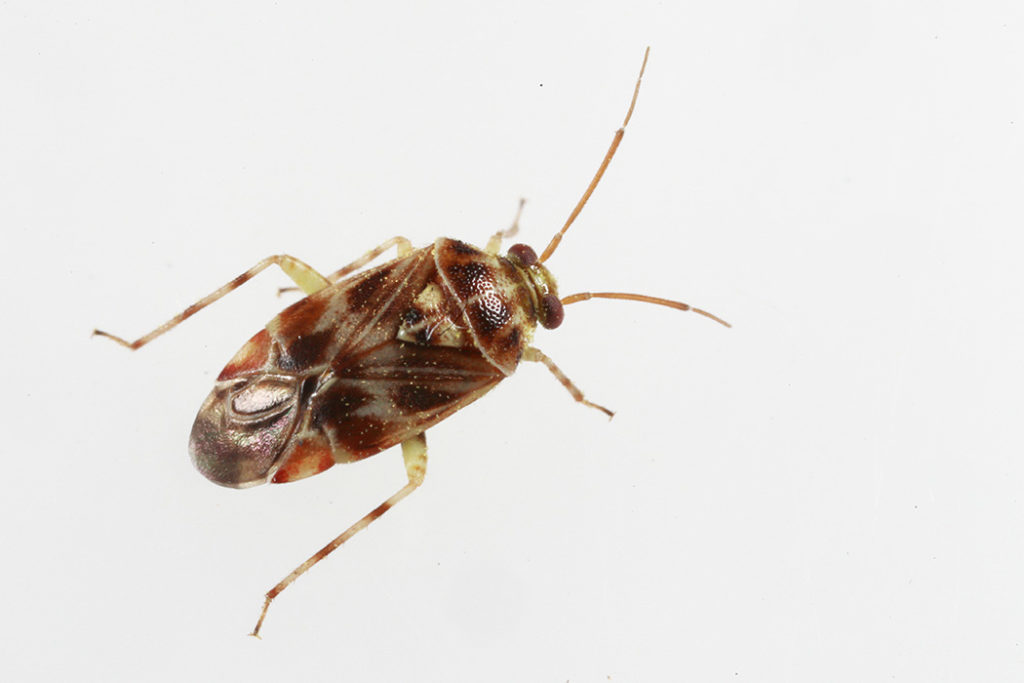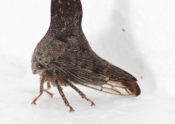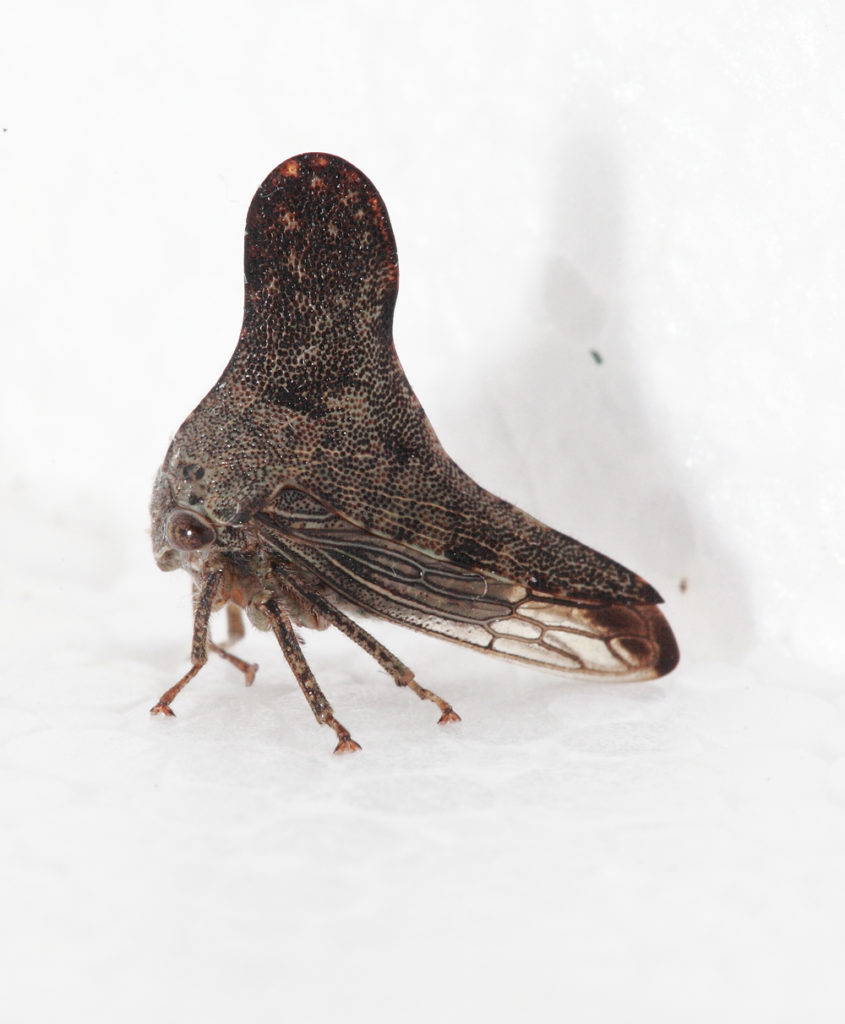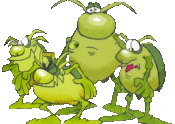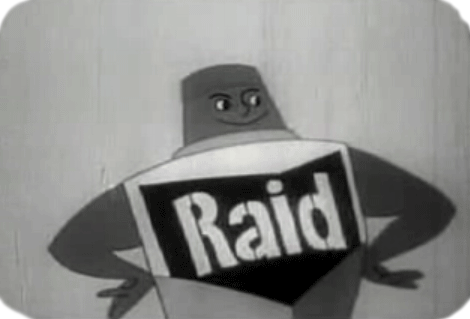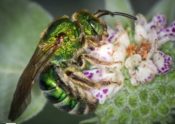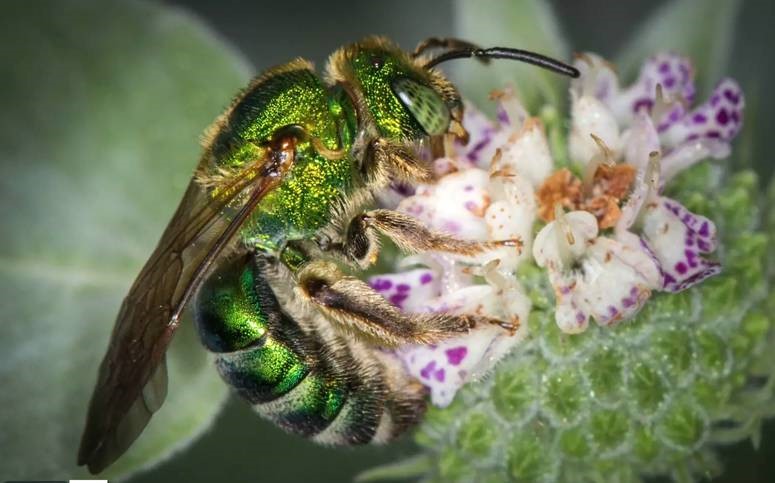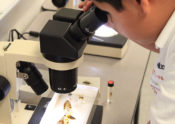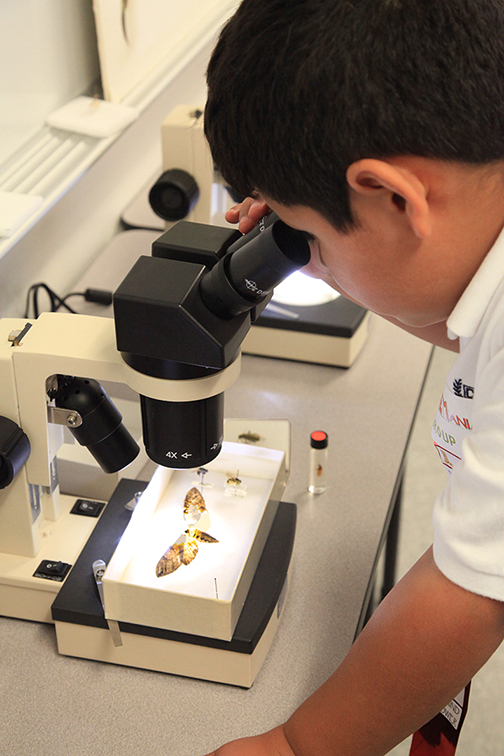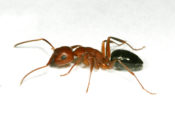
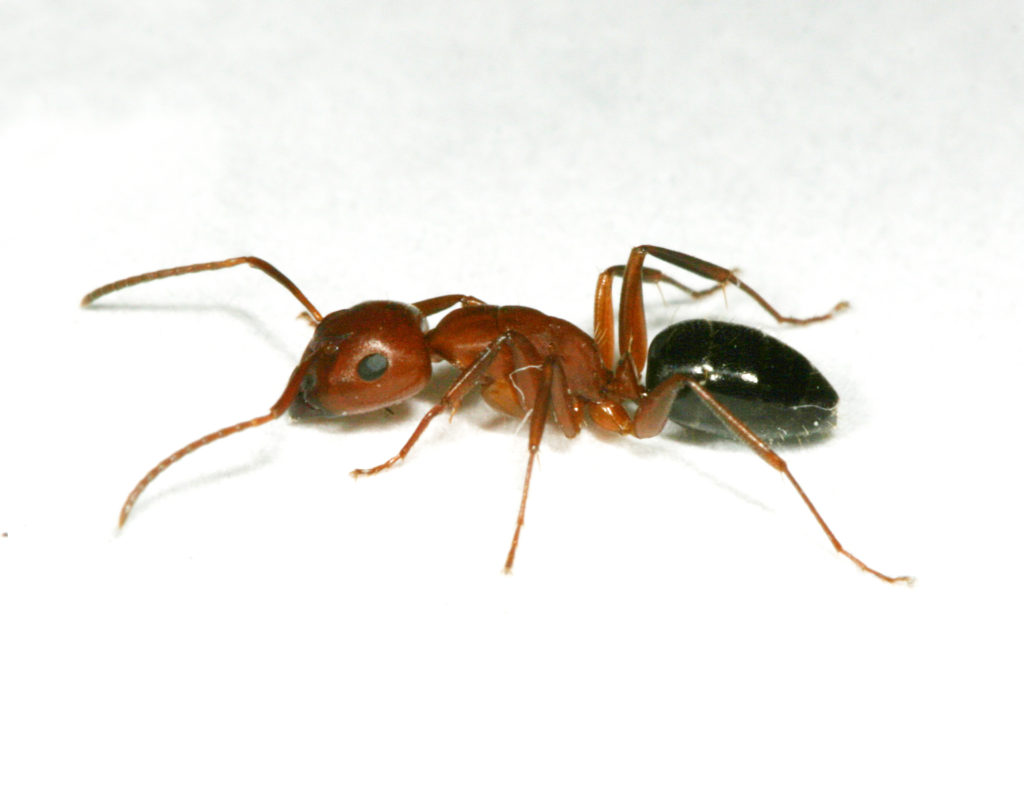
One ant may not be a big deal, but hundreds or more can be enough to drive you out of your home. This carpenter ant normally lives in a tree, but will gladly take up residence in an attic, wall or even hollow door.
It’s ant season, and garden centers around Texas are swarming with folks looking for a quick solution to ant invasions.
Ants have been the bane of humankind since before the first picnic. But who could imagine how much misery and anger a tiny little insect like an ant could produce? But of course it’s never just one ant that’s the problem. As I was recently reminded, one ant can quickly turn into dozens on the floor, on counter-tops and in the bathroom.
My wife and I experienced that frustration a couple of weeks ago; but I should have expected it. The night before, as I was turning out lights I noticed just two little ants in the middle of the carpet of our living room. “Strange place for ants, but at least there are only two,” I thought. The next night at dinner my wife started noticing ants around her chair. To her horror and my consternation, ants were not only on the chair, but on the carpet, the hardwood floor and generally covering a swath of square footage from kitchen to back door. I should have predicted this event from my discovery the night before.
Now folks, here’s one of the few benefits to being married to an entomologist. I was able to quickly identify the ants as fire ants. Knowing that fire ants nest outdoors, I checked the back door casement and sure enough found the entry point. Following the trail outside to the patio I saw the source of the trail was a small drill hole in the brick of our exterior wall. The ants had built a nest, at least temporarily, in our wall.
Know your enemy
This brings me to my first piece of advice when controlling ants. Know what ant your dealing with, and select the best control method for that pest. Although ants can be difficult to identify, it’s not too hard to guess the identity of the common household ants in Texas with the help of this factsheet: https://citybugs.tamu.edu/factsheets/household/ants-house/ent-2013/
Fire ants, I knew, are easily controlled with fire ant bait. Fortunately, I had some fire ant bait that I used at the end of summer last year, and had kept stored indoors through the winter. A quick sprinkling of the bait around the edges of the patio told me the bait was still highly attractive, with ants almost immediately picking it up and carrying it into the hole. Very satisfying.
If I had used that bait on anything other than fire ants, it wouldn’t have worked. Fire ant bait is pretty selective for fire ants (harvester ants will also take it); other ants might sniff it, but will not eat it or carry it back to their nest. Neither of us have seen a fire ant in the house since I treated these ants.
Confuse your enemy
The first thing we did before attacking the outdoor nest was to clean the floor with a household cleaner (we used Murphy’s Oil soap on our hardwood floors, but most any soap will do). This does two things: it kills many ants quickly, since soap is a decent insecticide; but it also destroys the scent trail ants use to find food, water or whatever else attracts them. So my second piece of advice is to wash down any hard surfaces with soap to destroy the pheromone trail bringing the ants to your inner sanctum. If you can find where the ants are getting in this is also a good time to seal off those entry points with some silicon or other sealant.
Attack your enemy
Sometimes just confusing the enemy and sealing their points of entry is enough, and keeps ants from returning for a while. But insecticides can be useful in helping kill and keeping ants out of the home. Decide where you need to treat and choose the best insecticide. For outdoor ants like odorous house ants, Argentine ants and fire ants, look for the nest. Follow the ant trail as far as you can. Often you will get an idea, like I did, where the nest or nests is located. A garden insecticide labeled for ant control, and a sprayer, is all you need to treat ant nests in the soil. A dust insecticide in a squeeze bottle will allow you to treat ants going into a wall void or hollow tree. Look under potted plant dishes, in clogged gutters, under mulch, stepping stones or the garden gnome–anything under which ants might find shelter. Once you’ve found and treated all the nests you can, use your sprayer (a hose-end sprayer is especially good) and apply a residual insecticide like bifenthrin to the soil around the house and to the lower foot or so of the foundation. This will help keep ants from re-entering the home for days.
Indoors, the best choice for ant control is usually a bait. Sprays are messy and pose unnecessary risks, especially in the hands of us amateurs. Baits require less insecticide, therefore are safer, and they are generally more effective than sprays if you match the right bait to the pest.
Don’t waste your money on the solid puck-type ant baits found on most grocery store shelves. Most household ants are sugar lovers, so look for liquid ant baits like Hot Shot® or Terro®. These can be placed around the home wherever ants are found. Though most of these baits are pretty low toxicity and child resistant, keep them out of reach of children, dogs, cats, ferrets, chinchillas or any other curious household pets. Carpenter ants and pharaoh ants (see the ant ID factsheet) will not usually be tempted by these sugar-based baits; but they both have specialized baits available online (Google ‘carpenter ant bait’ or ‘pharaoh ant bait’ and select one of the DIY retailers).
Know when to retreat
One final piece of advice: be patient, but if DIY treatments don’t get you relief within a week, call a professional. Professionals do this all day and are more likely to correctly identify and select the right treatment. If you live in the Gulf Coast areas of Texas, now home to the infamous tawny crazy ant, good luck. You will probably need professional help to keep that particular ant at bay. Argentine ants can also be difficult to tackle on your own.
You don’t need to live with an entomologist to successfully defend your home from ants. But having a pest control expert on speed dial can be a good thing.
